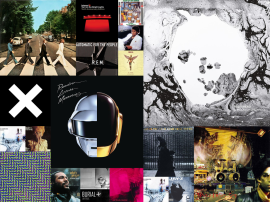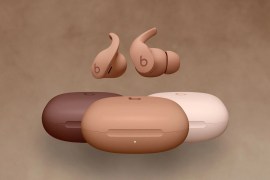Headphones: The complete history
From the Electrophone to Fanny Wang - how a tool for telephone operators became couture for footballers

Buds, cans, on-ear, in-ear, closed back or custom-fit, there’s a variety of headphone to suit every ear, every wallet and every fashion proclivity. And, despite it feeling quite new to not be able to move for fear of knocking the £300-worth of oversized earwear from a hipster’s bonce, headphones have been an essential part of any music enthusiast’s tech armoury for decades.
In fact, they’ve been an integral part of music for well over a century, and while strapping two speakers to your head doesn’t sound all that difficult the progress from Ernest Mercadier’s telephonist’s tool to Dr. Dre’s global empire is an oddly compelling one. Read on to find out why.
The early years (1890 to 1930)

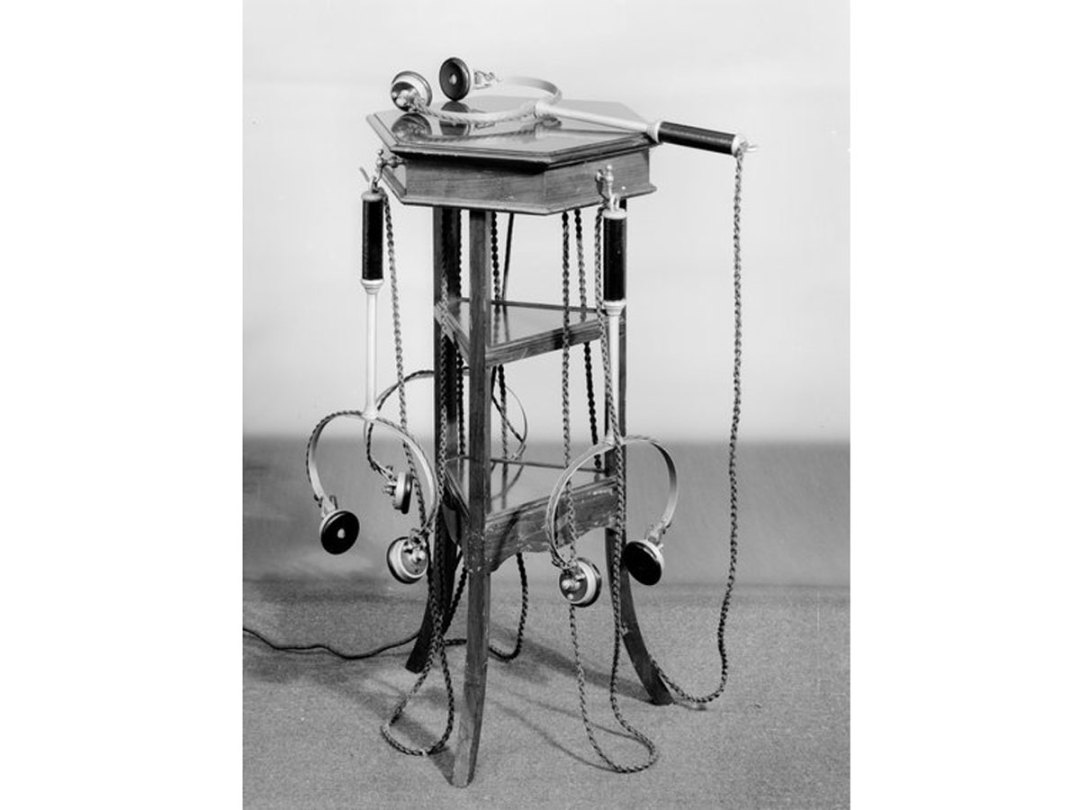
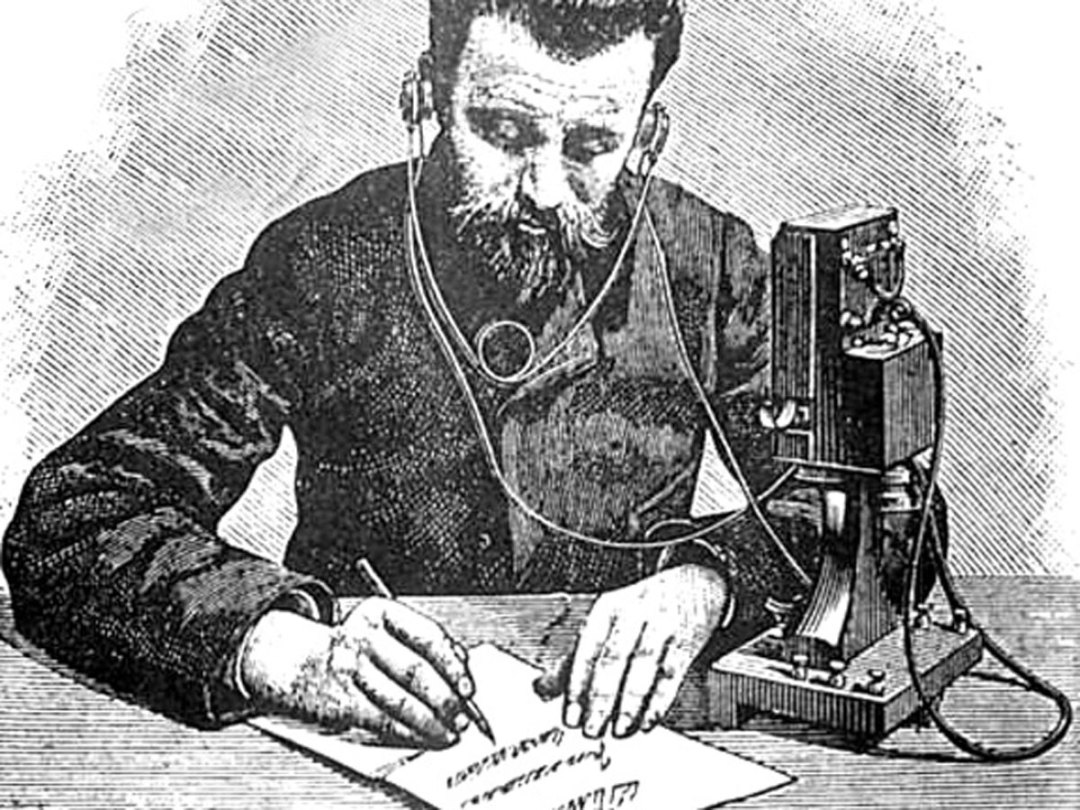
Before Spotify Premium there was the Electrophone. Invented in Britain in the 1890s, this subscription service (extravagant at £5 a year) allowed customers to dial in to a switchboard and be connected to a live performance from theatres across London. Cutting-edge stuff in a pre-radio world – and the headsets, complete with natty holding pole, were the Beats by Dr. Dre of their day.
But that’s nothing compared to the genius of French engineer Ernest Mercadier, who was awarded a patent for the first ever in-ear headphones in 1891. Designed to be used by telephonists, they even boasted earbuds to block out external sounds.
Electrophone image credit: britishtelephones.com
Mercardier image credit: Vintage Telephones of the World
In the Navy (1910 to 1950)
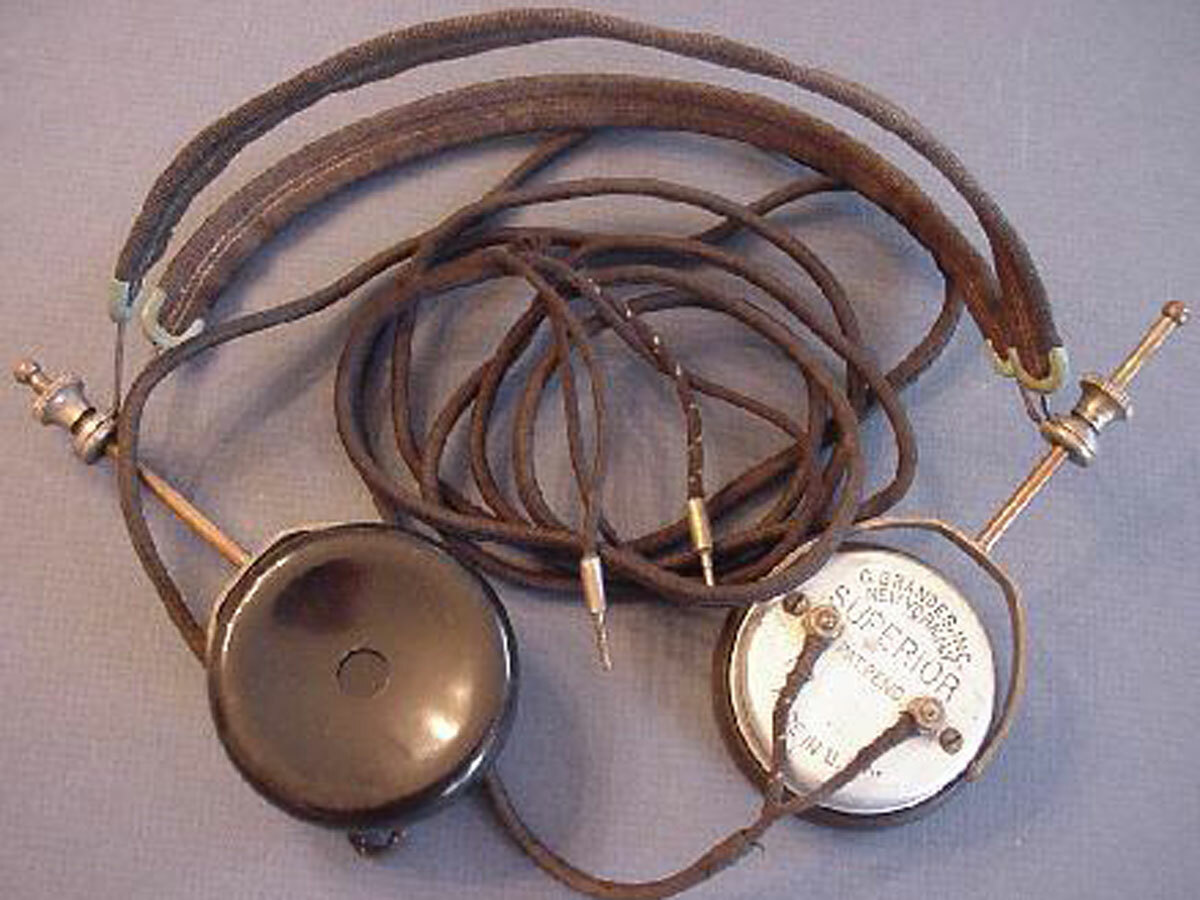
Fundamentalist Mormon and engineer Nathaniel Baldwin invented the first pair of audio headphones on his kitchen table in 1910. His idea, initially dismissed by sceptical private investors, was picked up by the US Navy who ordered 100 pairs and made him a rich man. Money well spent? Not quite: he invested his fortune in supporting the Mormon polygamous movement and went bankrupt.
Image credit: afflictor.com
Ahead of the game (1937 to 1949)
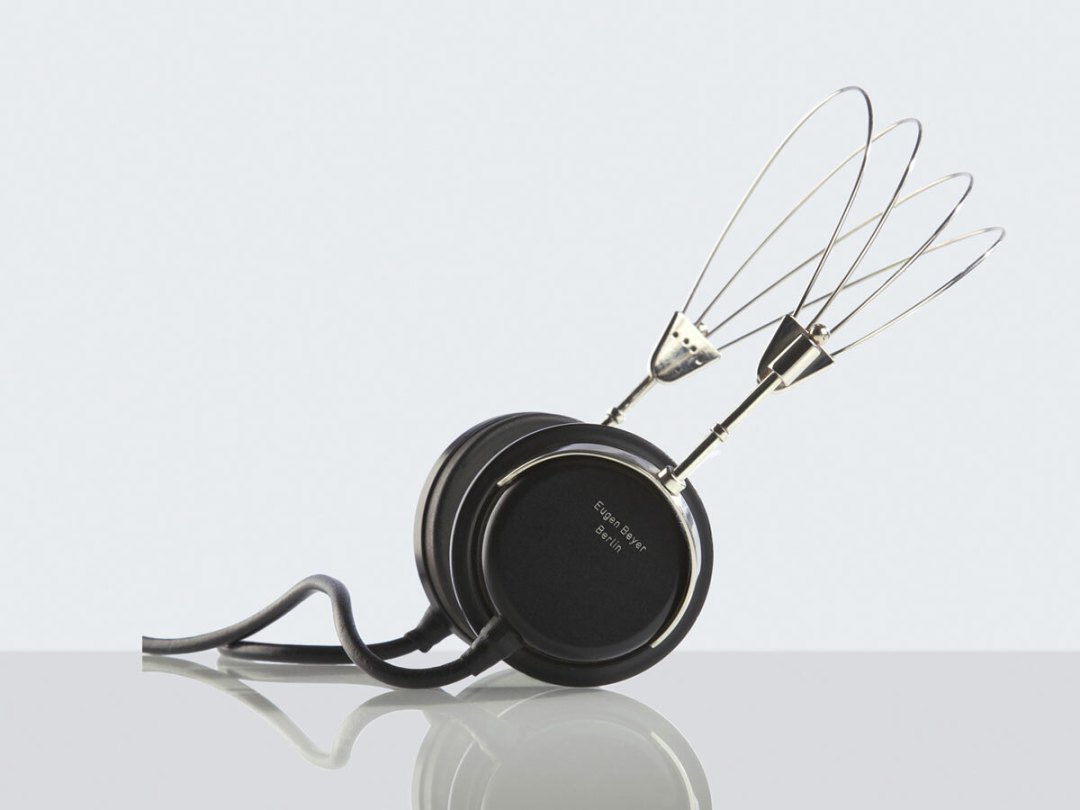

Until WWII put an end to production, German hi-fi stalwarts Bayerdynamic invented the world’s first dynamic headphones for home listening. Launched in 1937, the DT-48 remained in production (in one form or another) until 2012.
Meanwhile, across the border in Vienna, AKG (established in 1947) was busy inventing the thoroughly modern K120s. Neither pair made much of an impression but the original poster provided the template for all headphone ads since – the perfect balance of impressive-sounding tech specs and marketing mumbo-jumbo.
The Koss effect (1958 to present day)
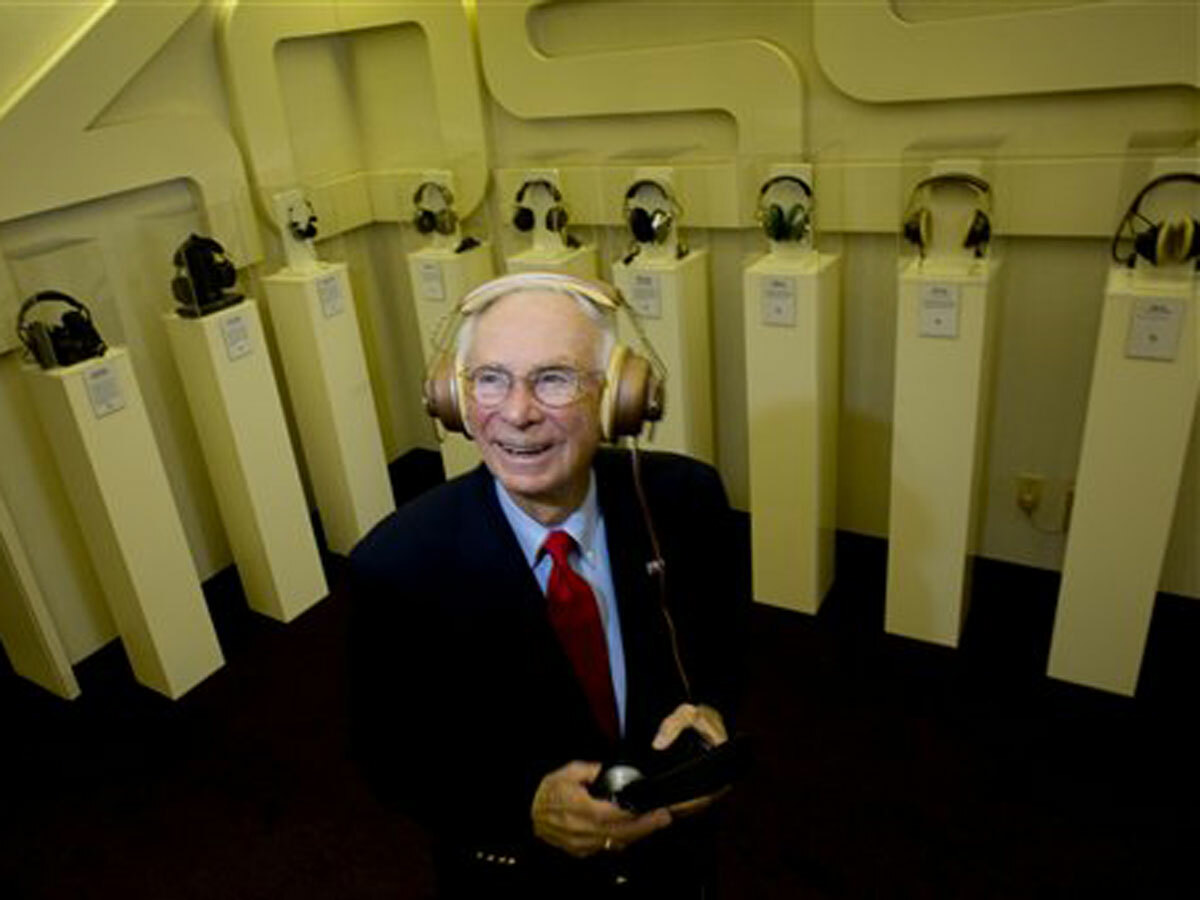
In 1958, John Koss rewrote the rule book when he created the first stereo headphones, the Koss SP-3. Early models were nothing more than mini speakers covered in cardboard and sofa foam, but their impact was immense. Rather than make do with radio communication equipment and aviation hardware, Jazz lover Koss came up with something purely for music – and he helped fuel a revolution in the way people listened to it. His timing couldn’t have been better, coinciding with the invention of the teenager and this thing called Rock ‘n’ Roll.
Revolution in the head (1965 to 1975)



Koss dominated the early part of the swinging sixties – thanks to the arrival of cheap turntables and intolerant parents – and can be blamed for the present day dirge of celebrity endorsements. The Koss Beatlesphones were nothing more than an average set of cans covered in stickers but they sold out globally and remain one of the most sought-after bits of Fab Four memorabilia.
But their dominance was to be short lived as Philips, Onkyo and Sennheiser came to the party with increasingly affordable designs that sounded good and looked the part.
The most important of which was Sennheiser ‘s HD 414, the world’s first open headphones. This lightweight game changer was an instant hit, with music fans happy to ditch the bulky closed back claustrophobic cans of old and embrace a smooth clear open sound. 100,000 sets were sold by the end of 1969 and their mass appeal means they remain the most successful design of all time.
The rise of the Walkman (1979 to 1990)

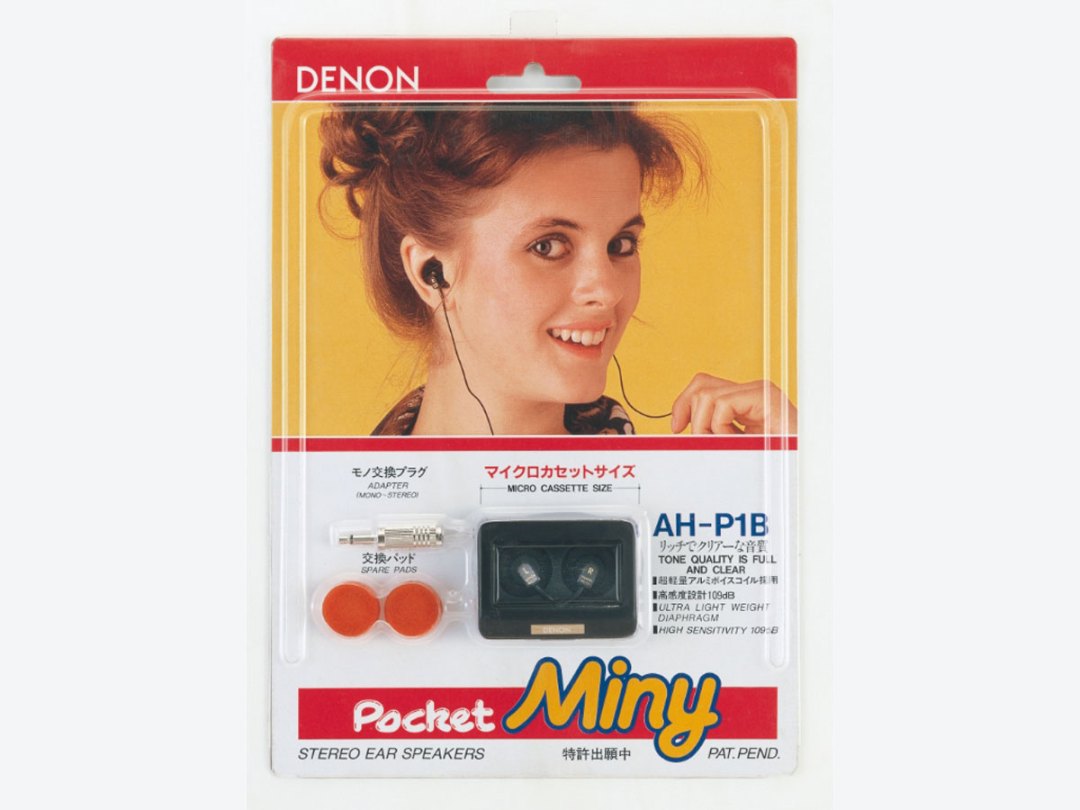
What they got so wrong with Betamax, Sony made up for with a little box called the Walkman: on 1st July 1979, portability became king and headphones escaped the house for the first time. Sound quality might have suffered, but for $200 you could finally rollerskate while listening to Pink Floyd.
The Sony MDR-3L2 headphones were the Apple earbuds of their day, but with only one pair bundled in the box and two sockets for shared listening hundreds of third party knock-offs and fashion focussed alternatives flooded the market.
Denon even managed to predate Apple with their in-ear AH-P1 way back in 1981.
But it wasn’t all cute Californians on bikes in the 80s. Check out Eddie Murphy and his AKG K240.
Walkman image credit: pocketcalculatorshow.com
Noise cancelling (1989 to present day)
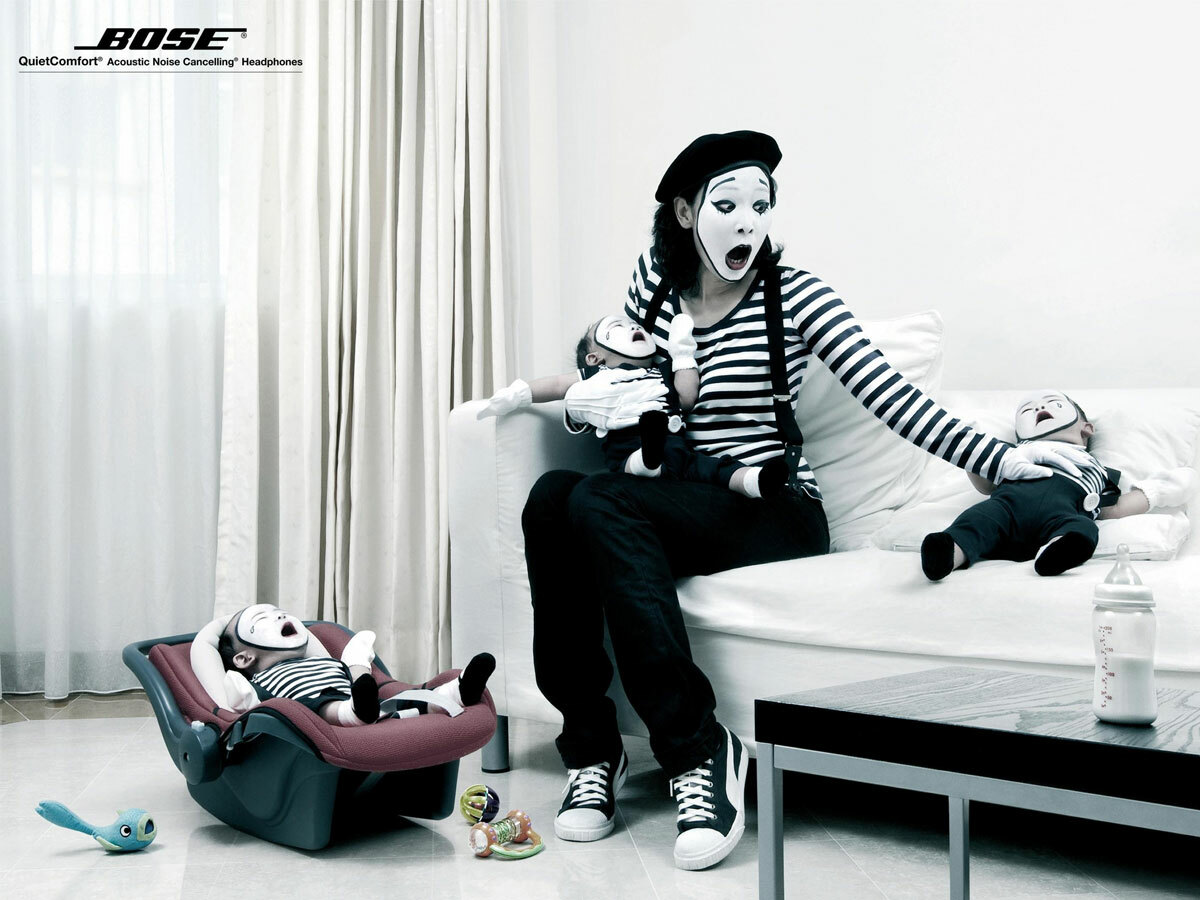
Spurred on by the pathetic headphones dished out on transatlantic flights, Dr. Amar Bose invented noise cancelling in 1979 – and made travel bearable again in the process. Admittedly, the first headset was designed for pilots and it would take until 2000 for the Bose QuietComfort (QC1) to make it onto the high street, but his patented Acoustic Noise Cancellation Technology was well worth the wait.
Any colour as long as it’s white (2001 to 2010)
Apple didn’t invent the earbud but with the launch of the original iPod in 2001 they made a pair of bog standard dirt-attracting, sound-leaking headphones the most desirable thing on the planet. Since that day Apple has shipped 600 million sets of the first generation of earbuds and their competitors have been playing catch-up ever since.
In fact, Apple’s dominance and the rise of the MP3 player meant the market was soon awash with cheap and cheerful headphones that didn’t have to sound nice to sell by the truckload.
Enter the Dr (2008 to present day)


Back in the 90s Andre Romelle Young AKA Dr Dre was a promising young rapper with a popular beat combo called NWA – and odds were long that in 2008, the same guy would help to reinvent the headphone industry with the legendary Monster Beats by Dr Dre.
These were unashamedly expensive, subtle as a sledgehammer cans tuned to devour bass-heavy hip hop beats. Success was instantaneous and the Monster Beats by Dr Dre became – and somehow remain – the must-have accessory for every bling footballer and fashionista. Big was beautiful and headphones became the ultimate urban status symbol.
But as we’re all now acutely aware, it didn’t stop with the good doctor: Will.i.am, Justin Bieber, Lady Gaga and, um, Basketball legend LeBron James all have their own signature designs.
Fashion first (2010 to present day)
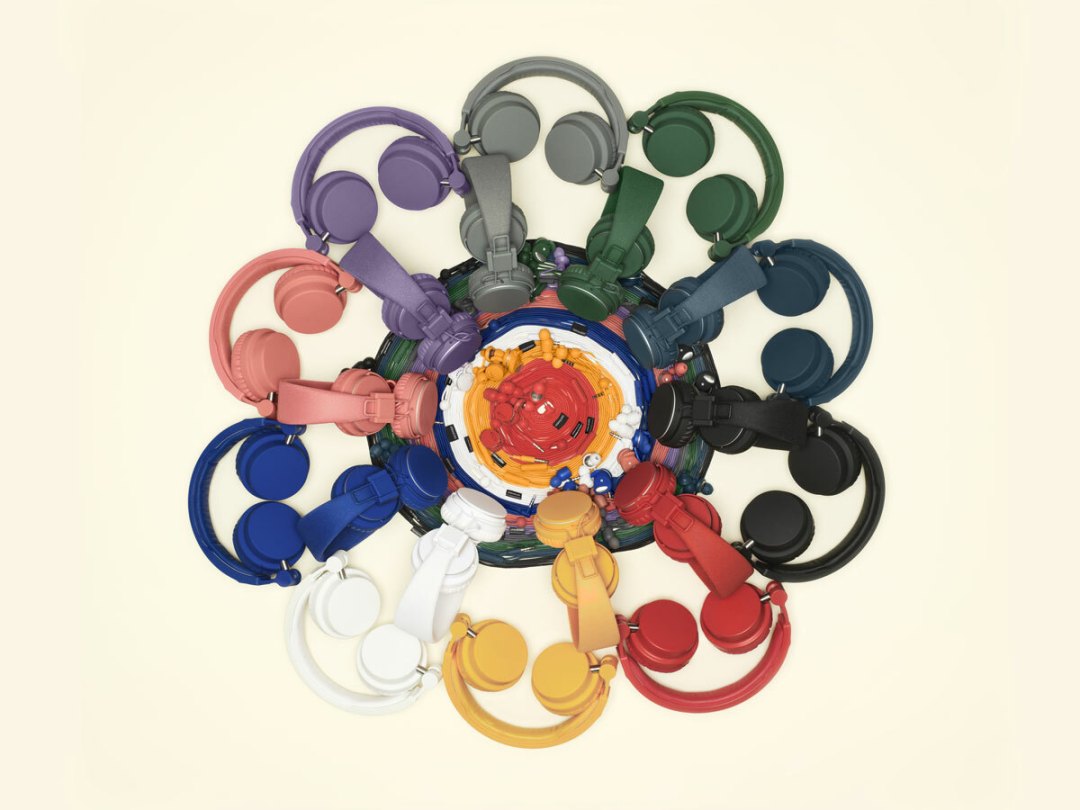
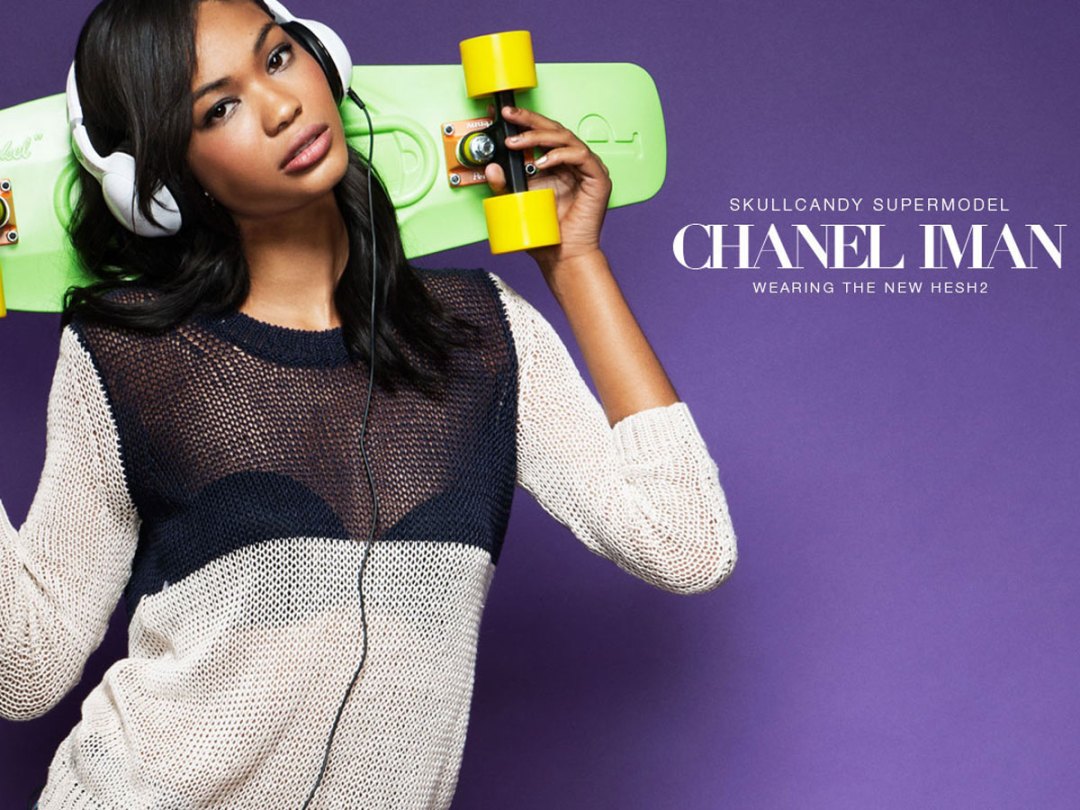
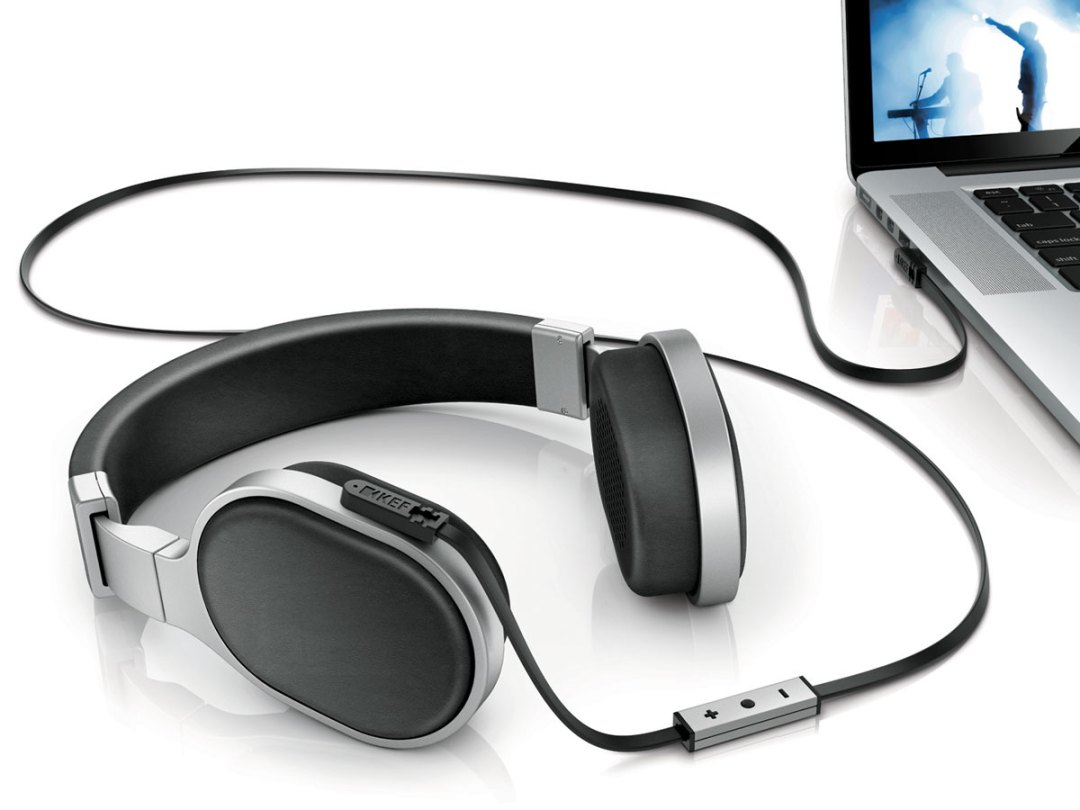
The success of Beats made headphones cool again – and the fashion industry wanted in. Brands such as Skull Candy, Urbanears and WeSc made a killing going after the hipster and extreme sport brigades, and thanks to the sky high price of Beats the kids were only too happy to part with £70 – £150 for this season’s colourway.
But it isn’t just for the kids. Traditional hi-fi brands are busting out the style with the likes of the latest B&W P7 and Kef M500 combining audiophile-approved sound quality and executive looks.


